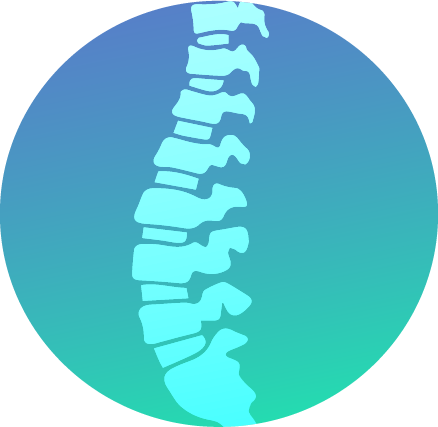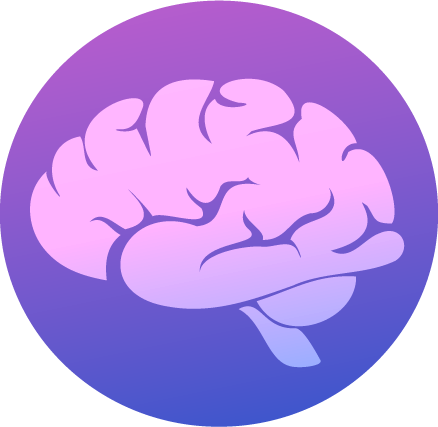Symptoms of NMOSD
Symptoms experienced by NMOSD patients are very similar to MS because it also affects the eyes, spine and brain. However, they are usually more severe and have a higher chance to remain residual.
Unlike MS, silent relapses are less likely in NMOSD, and progression without disease activity is less recognized. Cognitive decline is also relatively uncommon in NMOSD.

Visual Symptoms
Visual symptoms in NMOSD are usually the result of optic neuritis, which is the inflammation of optic nerves and a core characteristic of NMOSD. Symptoms may include blurring, pain, or disturbance in colour vision. Compared with MS, patients with NMOSD are more likely to have optic neuritis affecting both eyes. A severe attack of optic neuritis may also result in permanent visual impairment.
A brainstem inflammation may also lead to cranial nerve problems, which can result in seeing double vision.

Spinal Cord Symptoms
Spinal cord inflammation, or myelitis, causes weakness, numbness, and difficulty in coordination. It is also a core characteristic of NMOSD. Depending on the level and extent of inflammation, the symptoms may affect one or both sides; the upper limbs, lower limbs or both.
Bladder and bowel function may also be affected, which leads to difficulty in urination and defaecation. Continence problems may result as a residual symptom.

Brain Symptoms
Unlike MS, brain inflammation is less common in NMOSD and often occurs at the brainstem. Apart from cranial nerve problems, patients may experience nausea, vomitting, or frequent hiccups. Rarely, they may also have difficulty in swallowing and speaking.
When brain inflammation occurs in other areas, it may cause weakness, numbness and mimick other diseases like stroke.

Pain and Spasm
Pain and spasm is a common residual symptom for NMOSD patients who had a history of spinal cord inflammation. Termed ‘tonic spasm’, these painful muscle contractions occur episodically and often require medication to control.
